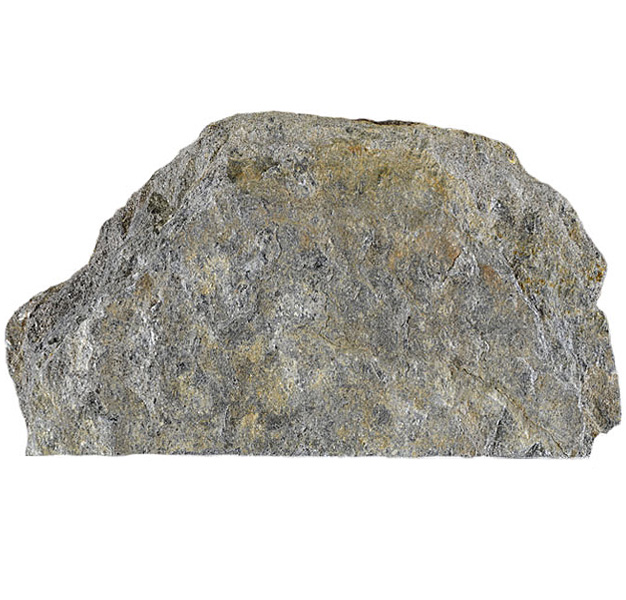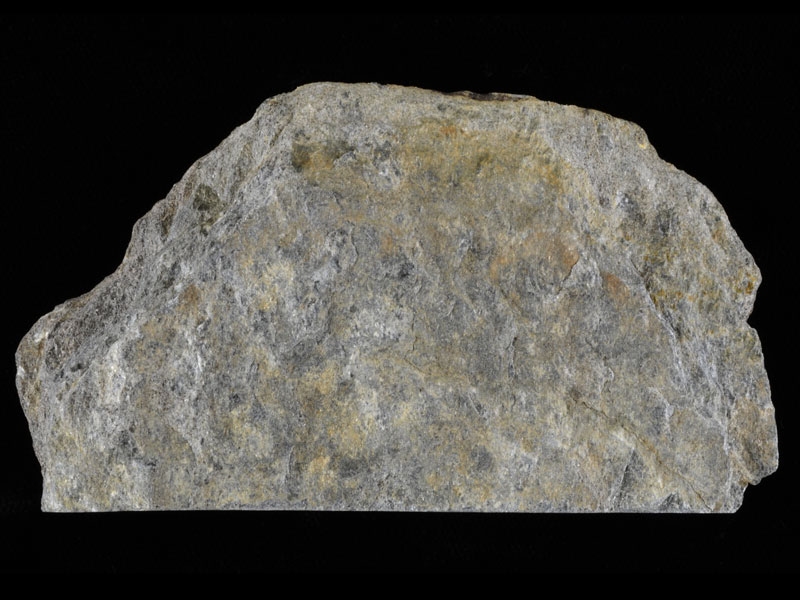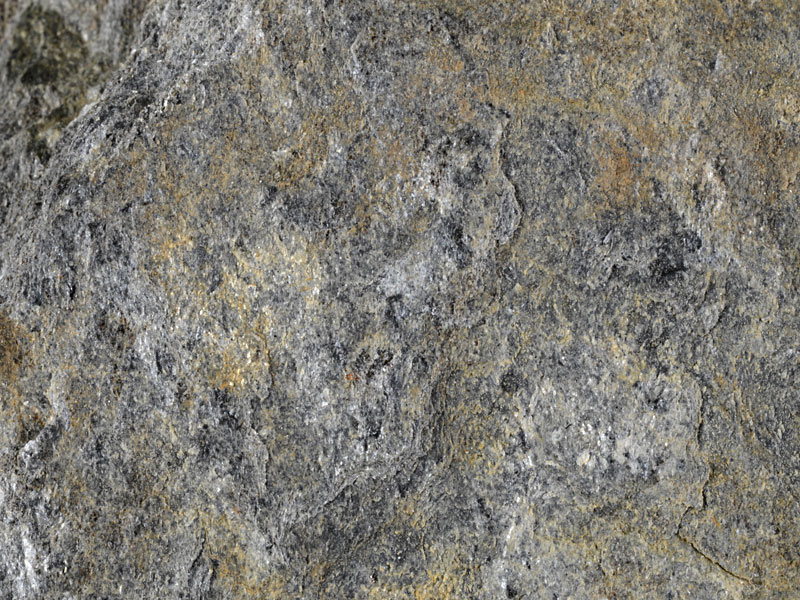
Fact sheet
This staurolite kyanite bearing schist comes from an area near Creeslough, in County Donegal, Ireland, and was deposited as a siltstone or banded silt and mudstone in the late Proterozoic period, before being subject to regional metamorphism in the Grampian orogeny. It now forms part of the Dalradian succession in Ireland within the 'kyanite' Barrovian metamorphic zone (Barrow zones include chlorite-biotite-garnet-staurolite-kyanite-sillimanite).
In thin section the rock fabric is dominated by muscovite and biotite micas, intergrown with quartz and feldspars. The thin section also contains abundant staurolite rich in small quartz and feldspar inclusions, distinguished by its blocky shape, lack of strong cleavage and pale yellow/colourless pleochroism. Kyanite also features in some bands within the rock distinguished by its high relief, occasionally strong cleavage. Some grains of high relief garnet are also present, characteristically isotropic between crossed polars.
The United Kingdom Virtual Microscope (UKVM) collection consists of igneous, sedimentary and metamorphic rocks from around the UK.
It is intended as a teaching resource, helping to tell the story of the common rock types and how they form, and reflecting the history of the UK at the margins of the continent of Europe. The collection is a series of teaching sets, for example igneous rocks from the North Atlantic Igneous Province and SW England; high-temperature metamorphic rocks from Scotland and low-temperature metamorphic rocks from Wales; and sedimentary rocks, including English limestones and sandstones.








